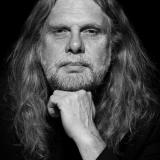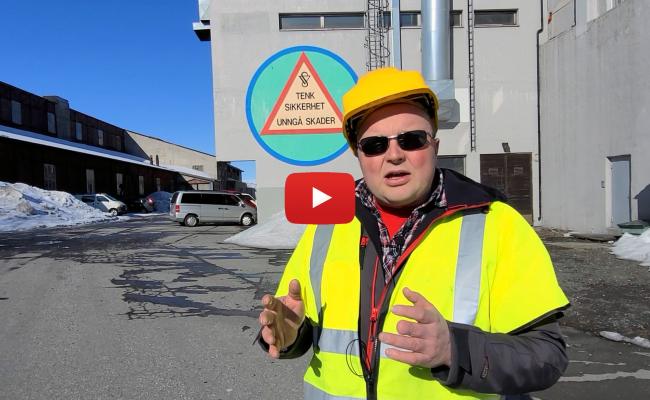Politicians Don’t Create Jobs, but They can Take Measures through Tax Cuts

The university town of Alta will grow in the future too. (Photo: Arne O. Holm)
(Commentary) Decreasing population figures in the High North worry an increasing number of people. Most recently, a fluffy decision about a Northern Norway Railway line was thrown into the debate. However, that railway will be far too late to send any southerners to the High North.
A railway scheduled to be finished in 30 years will have to drive increasingly far to find passengers or freight goods.
There is a variety of prognoses for population development over the next 20 to 30 years. Whichever statistic you base your argument on, solutions with effects from 2040 or 2050 are insignificant. By then, the lights will be shut a long time ago along the planned route.
The railway is a sidetrack
That is not necessarily an argument against building a new transport corridor in the High North. But the railway itself is a sidetrack in the debate about the demographic development.
Or a sleeping pillow, if you prefer.
Statistics Norway is responsible for the official Norwegian statistics and is thus an important tool for political planning. Its figures have long since been a sinister read for those of us who see the necessity of a robust High North.
Recently, Statistics Norway got a slap on its fingers from Telemarksforskning, which also wants a say in drawing the prognoses for the future. According to Telemarksforskning, it is quite likely that Statistics Norway’s sinister figures are too optimistic when it comes to population development in the High North.
We lack people, not jobs.
According to Telemarksforskning’s statistical data, only the university towns of Bodø, Tromsø and Alta – as well as a few other exceptions – are the only ones that can expect a certain growth. If one looks at development county-wise, even a so-called neutral projection shows a population drop in the range of ten percent of the current population figures over the next 20 years. I will leave be for now the fact that Telemarksforskning also present prognoses that are fare worse.
All this is familiar, in addition to being mathematics.
As familiar is the political mantra about creating more jobs.
We have the jobs
But politicians do not create jobs, they can at best facilitate it through permits or re-locating of existing jobs.
But Northern Norway has no shortage of jobs. We hardly have any unemployment to speak of, and we have business that increasingly offers so-called knowledge jobs in most industries, be it fisheries, mining, or the space industry.
We lack people. People to take these jobs. Because people, not politicians, create more jobs.
And given that the predicted drop in population figures by 2040 or 2050 is due to lack of in-migraiton or newborn children today, not in 20 or 30 years, today is the day for taking measures if they are to have any effect by 2040.
People, not politicians, create more jobs
Major pay gaps
The effects of current wage differences between the north and the south decide developments through the coming years. Today’s infrastructure decides whether students pick Bodø or Oslo, or whether or not the fish industry is to process or ship raw materials.
The state’s most important tool is its taxes and levies policy.
If we are to turn the migration flow around because one thinks for whatever reason that people should live in the High North, cutting taxes and levies is the only tool to come into effect immediately and will thus constitute a difference when we get to 2040 and 2050 too.
Also read
This commentary was originally published in Norwegian and has been translated by HNN's Elisabeth Bergquist.



